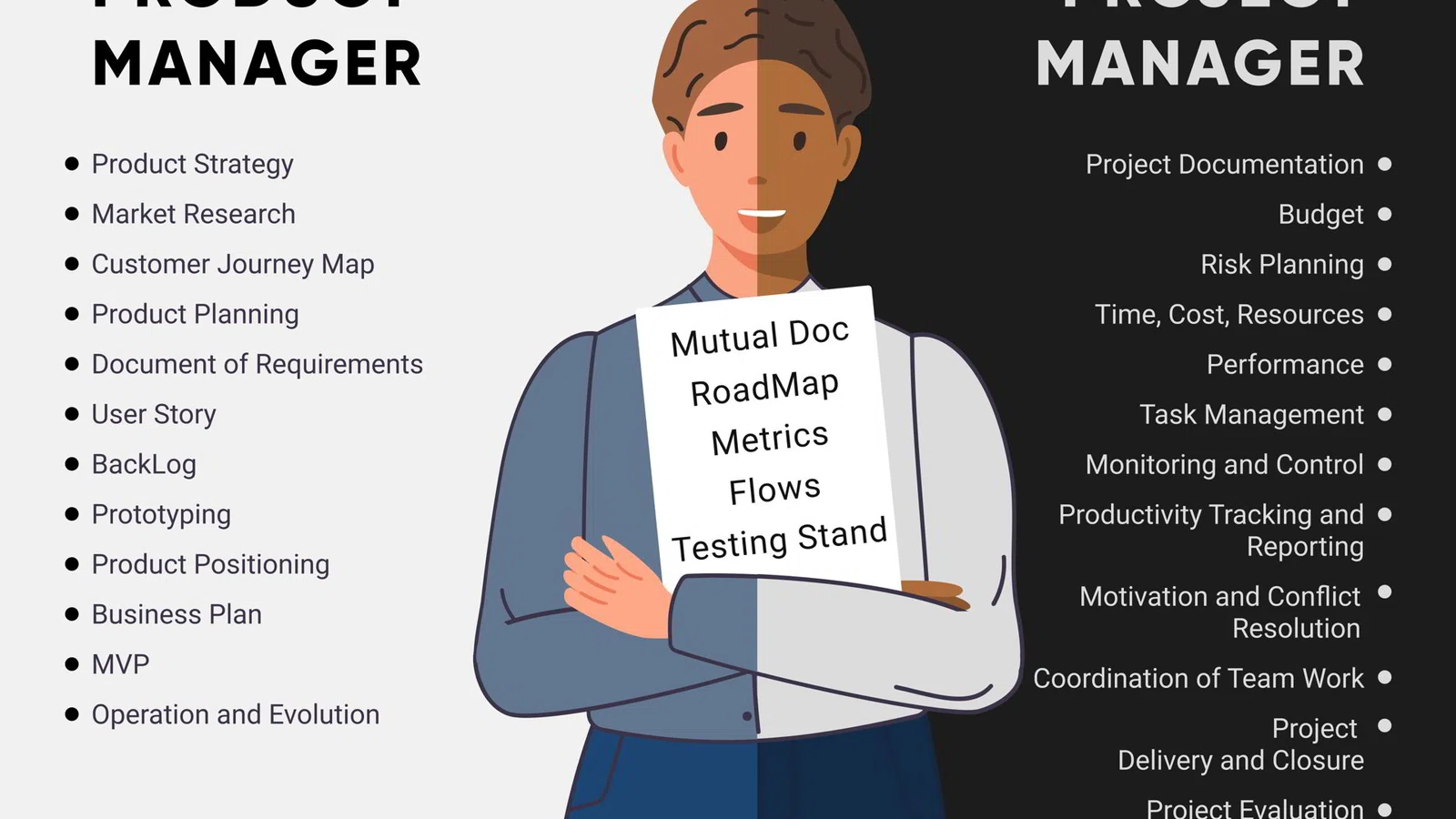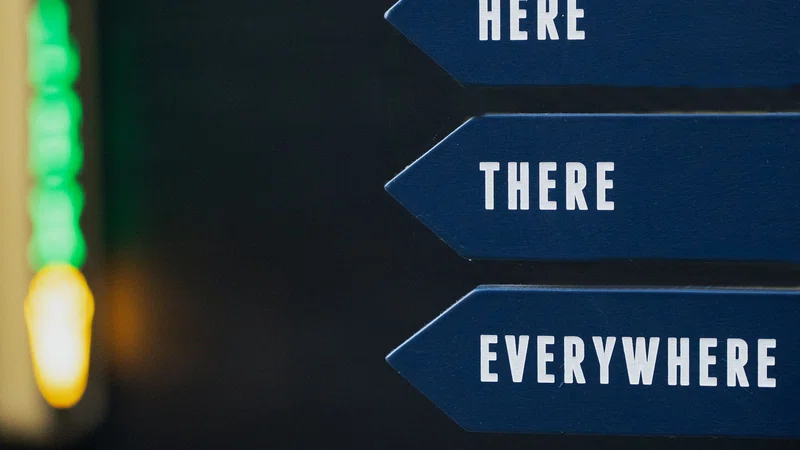Hundreds of startups around the world keep asking: What makes a product successful? A good concept? A big investment? Or maybe luck? The combination of these factors certainly affects success, but it will not be satisfactory without proper management.
Both the Product Manager and Project Manager are responsible for the product and the project. However, many people confuse these concepts, which causes a conflict of interest. They perform fundamentally different tasks, but they can overlap due to many factors. As practice shows, if the product manager and the project manager refuse to build a close relationship, it is impossible to achieve positive results in their work. In addition, some companies believe that one of them is enough to ensure the good functioning of the product.
Who is who?
A product is the end result that we offer our users. This product can be a bicycle, a software platform, or an application. By the way, the latter is what we are talking about.
A project is a plan that includes various follow-up activities, with fixed start and end dates and a defined outcome. The project is completed only when the result is achieved.
What does the Product Manager do?
The product manager's main task is to identify the target market and potential customers: who will use the product, which functions are important for users, and which are secondary. Another important task of this team member is to analyze their competitors, the strengths and weaknesses of their products, and problems they solve. In addition, the product manager identifies ways to attract new users and turn them into paying customers, as well as ways to retain existing customers. They also analyze the reasons for the product abandonment. These may include the inconvenient user interface, bugs and errors, lack of essential features, and overpricing. The product manager also acts as a liaison between internal stakeholders and the market. Some other responsibilities are the definition of product requirements and the roadmap for the team to follow.
Thus their list of core responsibilities includes:
- Product strategy;
- Market research;
- Generation of ideas and initiatives;
- Feature priority control;
- Control over the implementation of product releases;
- Handling profit and loss issues.
The product manager has two main goals. The first is to make a successful product. To do this, the product manager actively interacts with the marketing specialist, analysts, and customers, builds and prioritizes the backlog, and monitors key metrics and product quality. The second is to ensure the high quality of the product. To do this, the product manager builds design, development, analytics, testing, and release processes.
What does the Project Manager do?
The project manager collects and formalizes project requirements, creates a work plan for the entire team, searches for contractors, sets tasks, and monitors deadlines. The main function can include budget control and project documentation (technical tasks, contracts, acts, invoices, cost estimates, reports).
Their key responsibilities are related to:
- Project implementation;
- Proper use of resources;
- Working with software;
- Project status updates;
- Project budget;
- Teamwork;
- Problem solving.
What is the difference between the Product Manager and Project Manager?
Both managers are key team members, but they have different functions. The difference lies in the fact that the product manager deals with the product, and the project manager leads the projects.
The product manager has to answer the questions, "What to do?", "What product?", whereas the project manager wonders, "How to do it?", "When should I do it?”.
What do the Product Manager and Project Manager have in common?
Their duties and functions are different, but practice shows that they are closely related and should communicate on a daily basis.
If they fail to cooperate and figure out their job responsibilities, there will be confusion with both projects and the product sooner or later. Both of these areas should be developed in sync and constantly adjusted to the target audience. Failure to follow these principles will lead to a loss of relevance. Let’s consider the following example. To release a new car model and sell it successfully, you should at least make sure that you can start the engine. To ensure a quick and effective launch, you need a team that can work in sync.
There are also areas that bring the Product Manager and Project Manager together. While doing seemingly different work, they are guided by the same principles and systems. The common areas include:
- Mutual Documentation;
- Roadmap;
- Metrics;
- Flows;
- Testing Stand.
Moreover, the synchronization of two managers' responsibilities helps them not only achieve their goals faster, but also cope with crises. For example, if necessary, a product manager can easily delve into the details of product implementation, which is what a project manager usually does. To do this, you do not have to learn the nuances from scratch: when there are points of contact, it is much easier to take up the work. This brings employees close together and allows them to share their tasks equally in any situation, even the most unforeseen one.
If the Product Manager and Project Manager stick to their scope of responsibility (both will be in their cocoon and not interact with the outside world), this will be a real failure for a large company. Specialists at these two positions have a very high level of expertise. They may be said to be the skeleton of the organization, which must be strong and solid.











